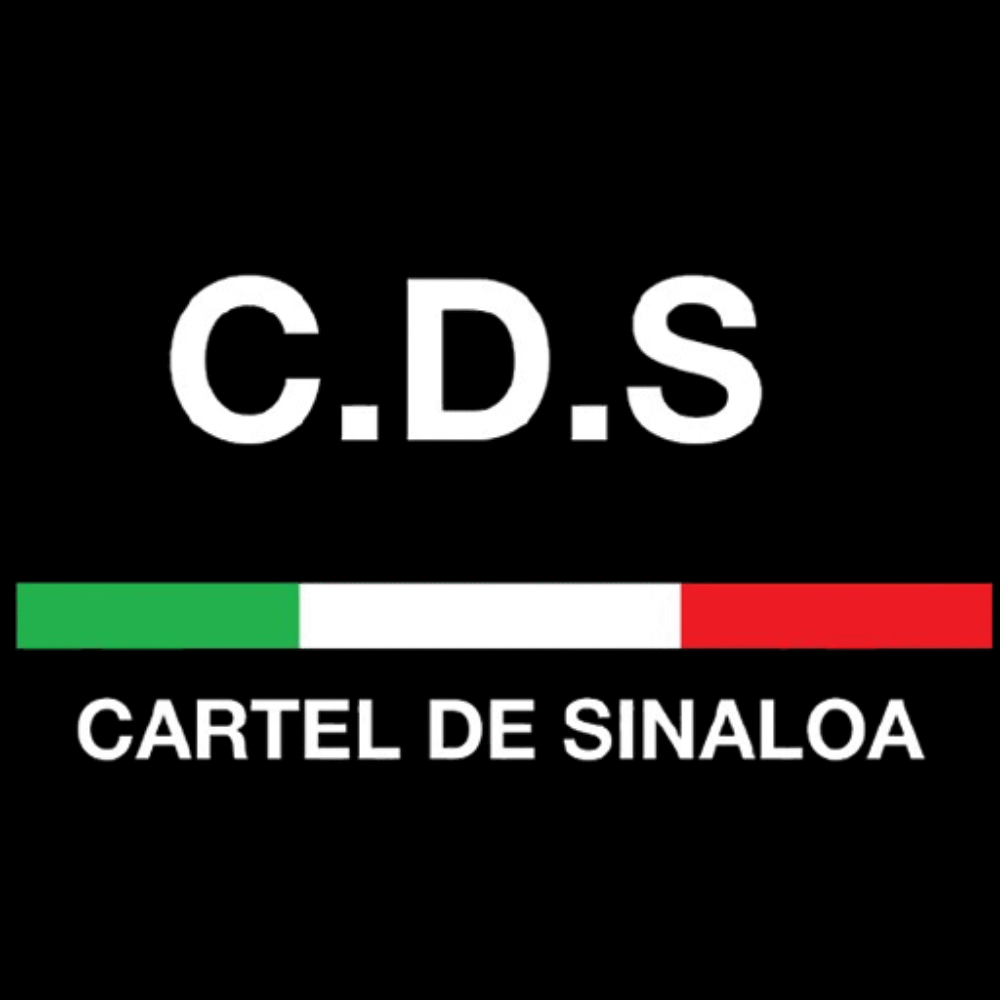Major Cartel-Controlled Ports for Narcotics Shipping 2025
The Sinaloa Cartel remains the most dominant and powerful drug trafficking organization in the world in 2025, largely due to its control over high-volume, strategic narcotics shipping ports. These major cartel-controlled ports serve as the backbone of the Sinaloa Cartel’s global cocaine, fentanyl, heroin, methamphetamine, and precursor chemical trade. Leveraging cartel corruption, smuggling innovation, and logistics mastery, these ports allow billions in drug sales and global cartel expansion.
1. Manzanillo Port (Mexico)
One of the most critical drug cartel ports in Mexico, Manzanillo serves as the top narcotics trafficking gateway on the Pacific Coast. Used by the Sinaloa Cartel to import fentanyl precursors from China and India and export cocaine, heroin, and crystal meth to the U.S., Canada, Australia, and Europe. Its deep corruption and lax inspections make it a key player in global drug smuggling operations.
2. Lázaro Cárdenas Port (Mexico)
This port handles large-scale cartel drug shipments, including synthetic drugs, cocaine, and raw chemicals. As one of Mexico’s largest cargo ports, it’s vital to Sinaloa Cartel smuggling routes in 2025. Corrupt officials, cartel-owned trucking companies, and disguised shipping containers make it a key logistics hub in Mexico drug trafficking networks.
3. Veracruz Port (Gulf Coast, Mexico)
Located on the Gulf of Mexico, Veracruz is crucial for cocaine smuggling from Colombia and Venezuela and heroin distribution to Europe and West Africa. This cartel-dominated port is essential for transatlantic narcotics movement and is regularly used for laundering drug profits through shell companies and legal exports.
4. Mazatlán Port (Sinaloa, Mexico)
Sitting in the heart of Sinaloa Cartel territory, the Mazatlán port moves locally manufactured heroin, methamphetamine, and cannabis products into the United States. Its strategic location and cartel protection make it a hotspot for high-profit, low-risk drug shipments directly into California and Arizona.
5. Ensenada Port (Baja California, Mexico)
Smaller and less monitored, Ensenada is used for stealth Sinaloa Cartel shipments into Southern California. It supports multi-modal cartel drug transport, combining sea, land, and tunnel smuggling methods. Ensenada is essential for smaller-scale, high-purity cocaine and fentanyl trafficking routes.
6. West African Ports (Guinea-Bissau, Ghana, Nigeria)
As transshipment hubs, these cartel-controlled ports move South American cocaine to European markets. The Sinaloa Cartel exploits weak enforcement, military corruption, and regional smuggling alliances to dominate drug transport through Africa to Spain, Italy, and the Netherlands.
7. Rotterdam Port (Netherlands)
Europe’s most important cocaine entry port. Rotterdam is a primary Sinaloa Cartel destination for cartel drug shipments hidden in commercial containers. It plays a massive role in the European distribution of cartel-controlled narcotics in 2025.
8. Antwerp Port (Belgium)
Antwerp continues to be a cartel-friendly European port, flooded with cocaine, fentanyl, and heroin from Mexico and South America. Sinaloa Cartel affiliates in Europe use this port to coordinate cross-border trafficking and local street distribution.
9. Long Beach Port (California, USA)
Infiltrated by cartel-linked logistics companies, Long Beach handles synthetic chemical precursors smuggled into the U.S. for meth and fentanyl production. The port is also used for laundering Sinaloa Cartel drug money through legitimate trade routes and shell corporations.
10. Vancouver Port (Canada)
Increasingly important in 2025 for importing Chinese precursor chemicals into North America. The Sinaloa Cartel partners with Asian crime syndicates to manage high-volume fentanyl and meth shipments for Canadian and U.S. drug markets.
Conclusion (Major Cartel-Controlled Ports for Narcotics Shipping 2025)
In 2025, the Sinaloa Cartel maintains global supremacy by dominating key drug trafficking ports. These cartel-controlled ports in Mexico, Europe, Africa, the U.S., and Canada serve as critical links in the worldwide cocaine, heroin, fentanyl, and methamphetamine supply chain. With advanced smuggling strategies, corrupt alliances, and unmatched logistics, the Sinaloa Cartel ensures uninterrupted drug transport, massive global drug sales, and continuous growth of its billion-dollar narco empire.


